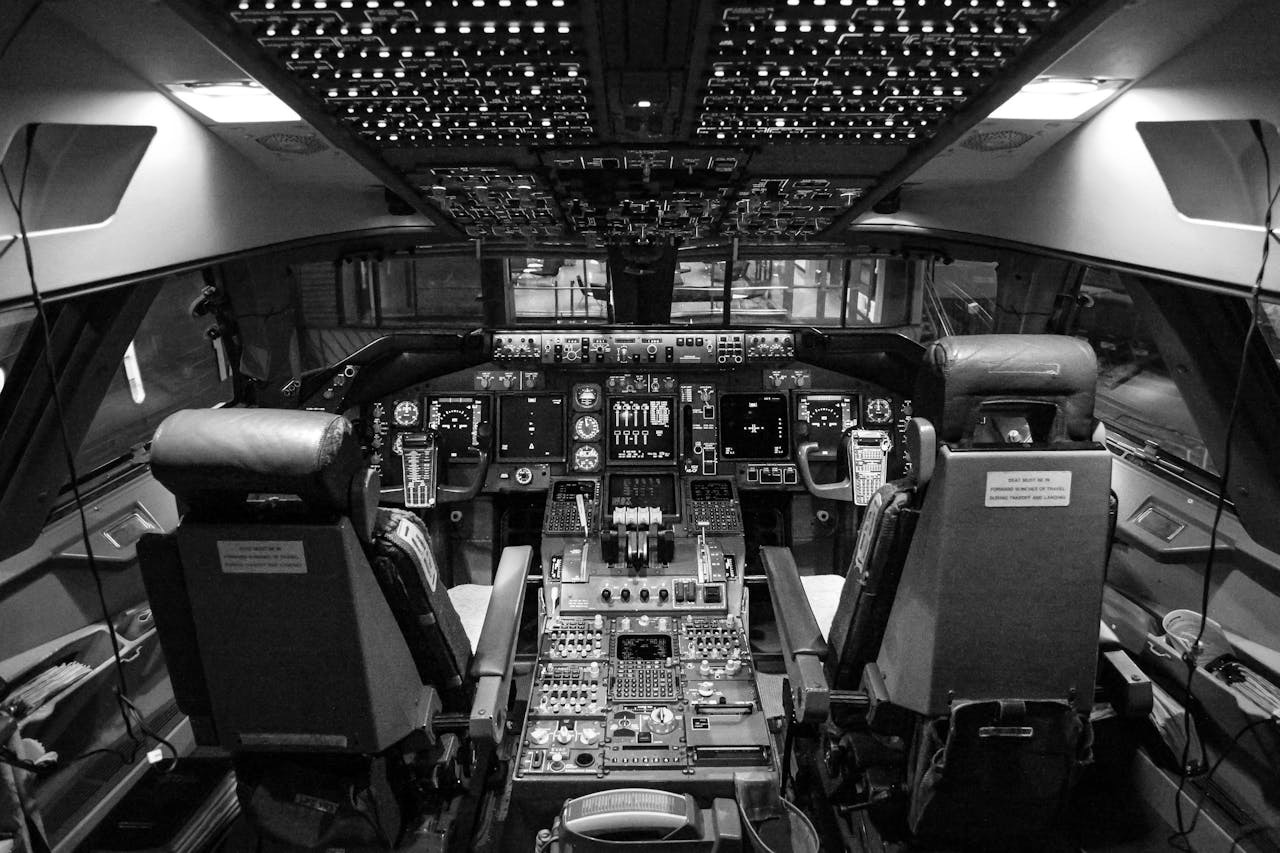The aerospace industry demands precision, reliability, and safety at every stage of operation. Aircraft components are subject to extreme conditions, making regular inspections critical to maintaining airworthiness and preventing costly failures. Traditionally, these inspections relied on manual methods that were time-consuming and often limited in scope. Today, digital borescopes are transforming this process, offering advanced capabilities that streamline inspections and enhance accuracy. Their impact on aerospace maintenance is profound, setting new standards for efficiency and safety.
Enhanced Visual Access to Complex Components
engines and other internal systems are intricate, with many areas difficult to access without disassembly. Digital borescopes allow technicians to inspect these hard-to-reach spaces without dismantling major components. Equipped with high-resolution imaging and flexible insertion tubes, these tools provide clear visuals of internal surfaces, enabling early detection of wear, cracks, or foreign object damage. This non-invasive approach saves significant time and reduces the risk of introducing new issues during disassembly.
Real-Time Data and Documentation
One of the most significant advantages of digital borescopes is their ability to capture and store inspection data instantly. Technicians can record images and videos during the inspection process, creating a comprehensive visual record for future reference. This capability improves accountability and facilitatescollaboration among maintenance teams, engineers, and regulatory authorities. Real-time data sharing also accelerates decision-making, ensuring that any necessary repairs or replacements are addressed promptly.
Integration with Advanced Diagnostic Tools
Modern digital borescopes are not standalone devices—they often integrate with software platforms that enhance diagnostic capabilities. These systems can analyze captured images for anomalies, measure defect dimensions, and even generate automated reports. By combining visual inspection with analytical tools, aerospace maintenance teams can move beyond subjective assessments to data-driven evaluations. This integration reduces human error and supports predictive maintenance strategies, helping operators anticipate issues before they escalate.
Improved Safety and Cost Efficiency
Safety is paramount in aviation, and digital borescopes contribute significantly to risk mitigation. By enabling thorough inspections without extensive disassembly, these tools minimize the chances of overlooking critical defects. Additionally, the efficiency they bring to the inspection process translates into cost savings. Reduced labor hours, fewer component removals, and faster turnaround times all contribute to lower maintenance expenses. For airlines and maintenance organizations, this means improved operational reliability and profitability.
The Role of Video Borescope Cameras in Modern Inspections
Among the various types of digital borescopes, video borescope cameras stand out for their versatility and clarity. These devices provide live video feeds during inspections, allowing technicians to navigate complex pathways with precision. High-definition imaging ensures that even minute defects are visible, while adjustable lighting enhances visibility in dark or confined spaces. In aerospace applications, where accuracy is non-negotiable, video borescope cameras have become indispensable tools for ensuring compliance with stringent safety standards.
Conclusion
Digital borescopes have revolutionized aerospace inspections by combining advanced imaging technology with data-driven capabilities. They offer unparalleled access to internal components, streamline documentation, and integrate seamlessly with diagnostic systems. As the industry continues to prioritize safety and efficiency, these tools will remain at the forefront of maintenance innovation. For aerospace operators, adopting digital borescopes is not just a technological upgrade—it’s a strategic investment in reliability and performance.














